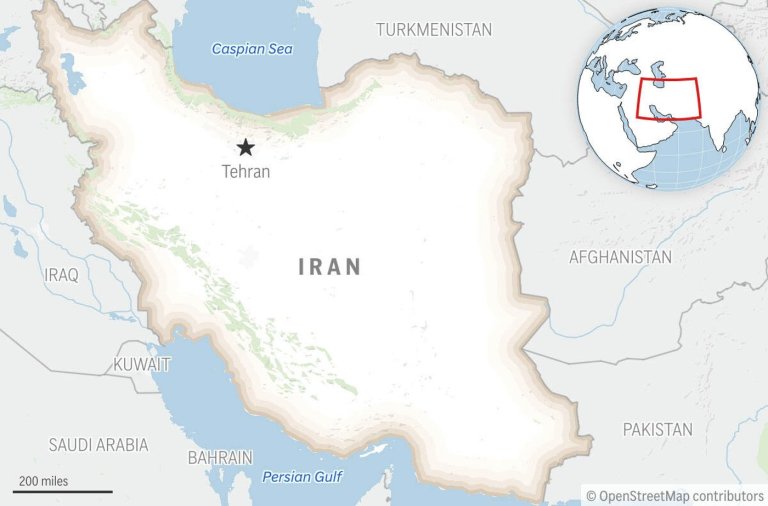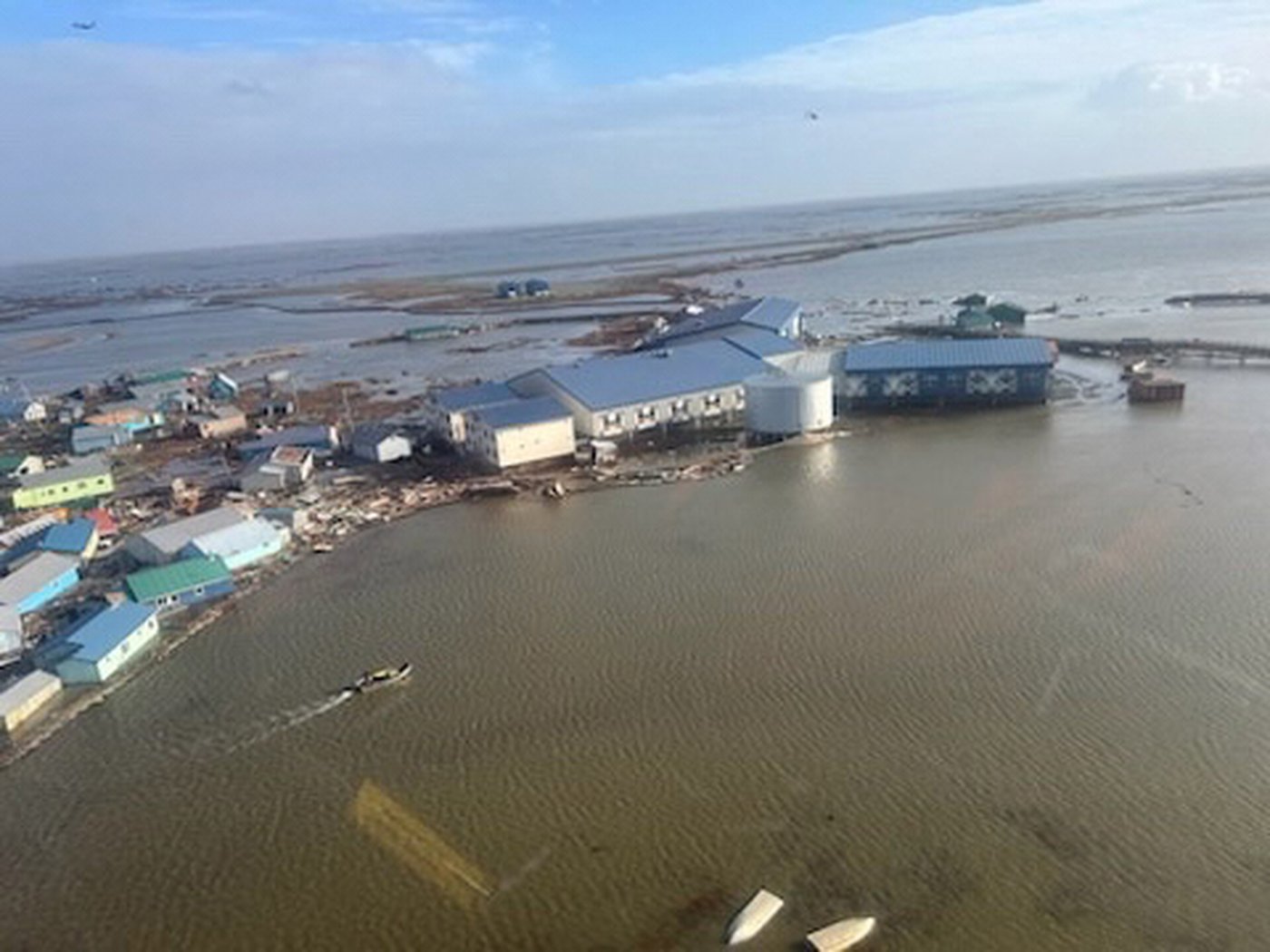
1 dead, 2 missing and dozens rescued after remnants of a typhoon lash western Alaska
JUNEAU, Alaska (AP) — One person was dead and two were missing in western Alaska on Monday after the remnants of Typhoon Halong over the weekend brought hurricane-force winds and ravaging storm surges and floodwaters that swept some homes away, authorities said. More than 50 people had been rescued — some plucked from rooftops.
Officials warned of a long road to recovery and a need for continued support for the hardest-hit communities with winter just around the corner. A U.S. Coast Guard official, Capt. Christopher Culpepper, described the situation in the villages of Kipnuk and Kwigillingok as “absolute devastation.”
Elsewhere in the U.S., severe weather killed a woman in New York City who was struck by a solar panel, and the Columbus Day Parade there also was canceled. Rescuers in the Phoenix area found the body of a man whose truck was swept away by floodwaters, and crews in southern California prepared for potential mudslides in fire-ravaged areas.
Communities tally the toll on Alaska villages
Alaska State Troopers said at least 51 people and two dogs were rescued in Kipnuk and Kwigillingok after the storm system walloped the communities. Both areas saw significant storm surge, according to the National Weather Service.
A woman was found dead and two people remained unaccounted for in Kwigillingok, troopers said. The agency earlier said it was working to confirm secondhand reports of people who were unaccounted for in Kipnuk, but late Monday, said troopers had determined no one there was missing.
According to the nonprofit Coastal Villages Region Fund, most of the residents in both communities had taken shelter in local schools.
In addition to housing concerns, residents impacted by the system across the region reported power outages, a lack of running water, subsistence foods stocked in freezers ruined and damage to home-heating stoves. That damage could make the winter difficult in remote communities where people store food from hunting and fishing to help make it through the season.
‘The worst I’ve ever seen’
Jamie Jenkins, 42, who lives in another hard-hit community, Napakiak, said the storm was “the worst I’ve ever seen.” She described howling winds and fast-rising waters Sunday morning.
Her mother — whose nearby home shifted on its foundation — and a neighbor whose home flooded came over to Jenkins’ place. They tried to wait out the storm, she said, but when the waters reached their top stairs, they got in a boat and evacuated to the school.
Jenkins said “practically the whole community” was there. The men in town gathered their boats and went house to house to pick up anyone else who was still in their homes, she said.
Adaline Pete, who lives in another community, Kotlik, said she had never experienced winds so strong before. An unoccupied house next door flipped over, but she said her family felt safe in their home.
Republican senators support recovery, resilience funds
During a news conference organized by Gov. Mike Dunleavy, Alaska’s two U.S. senators, Lisa Murkowski and Dan Sullivan, said they would continue to focus on climate resilience and infrastructure funds for Alaska. Sullivan said it was the congressional delegation’s job to ensure the Trump administration and their colleagues understood the importance of such funds.
Earlier this year, the Federal Emergency Management Agency said it would end a program aimed at mitigating disaster risks. The decision is being challenged in court.
Murkowski said erosion mitigation projects take time to complete. “But our reality is, we are seeing these storms coming … certainly on a more frequent basis, and the intensity that we’re seeing seems to be accumulating as well, and so the time to act on it is now because it’s going to take us some time to get these in place,” she said of such projects.
About 380 people live in Kwigillingok, a predominately Alaska Native community on the western shore of Kuskokwim Bay and near the mouth of the Kuskokwim River. A report prepared for the local tribe in 2022 by the Alaska Institute for Justice said the frequency and severity of flooding in the low-lying region had increased in recent years. The report listed relocation of the community as an urgent need.
Erosion and melting permafrost pose threats to infrastructure and in some cases entire communities in Alaska, which is experiencing the impacts of climate change.
California crews prepare for mudslides
In California, rescue crews with helicopters and bulldozers were being pre-positioned near wildfire burn areas to respond to potential debris flows and mudslides as a major storm takes aim at the state. A flood watch was issued starting late Monday for much of Southern California, where several inches of rain were possible through Tuesday. To the north, up to 3 feet (1 meter) of mountain snow was predicted for parts of the Sierra Nevada.
Intense rain pummels part of Arizona
A microburst and thunderstorm hit the city of Tempe, Arizona, on Monday, dropping about a half-inch of rain within 10 minutes, the National Weather Service said. Weather service meteorologist Katherine Berislavich said a microburst — when a storm collapses on itself and pushes out at high wind speeds — can be mistaken for a tornado because of the damage it can cause.
The storm caused significant damage, including uprooting trees that toppled onto vehicles and buildings, and dropping them on streets and sidewalks. A business complex had its roof torn off, and thousands of homes lost power.
Heavy rain drenched much of the state, inundating parking lots and usually dry washes and leaving residential areas looking like rivers.
___
Brumfield reported from Cockeysville, Maryland. Associated Press reporter Jamie Stengle contributed from Dallas.
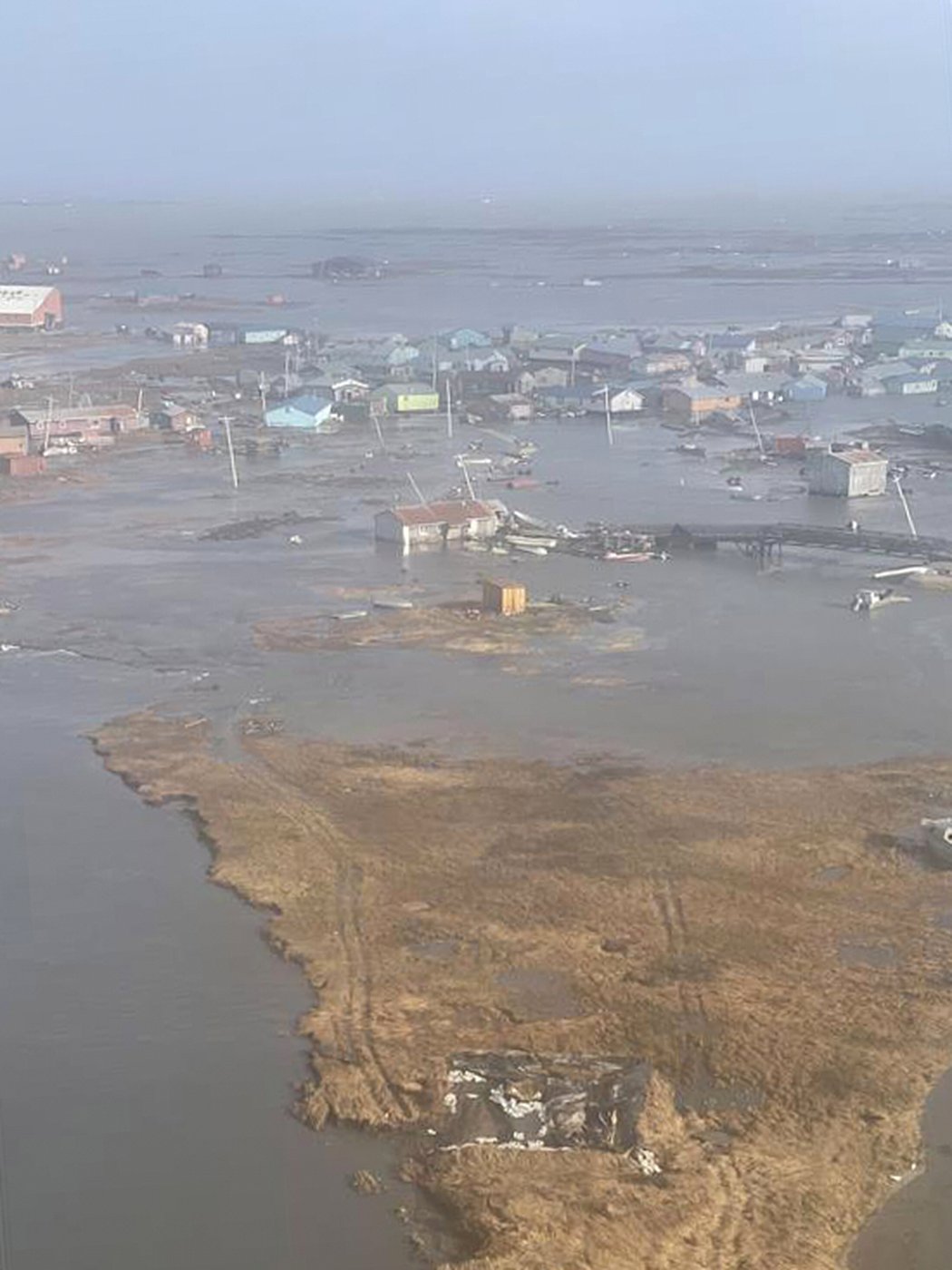
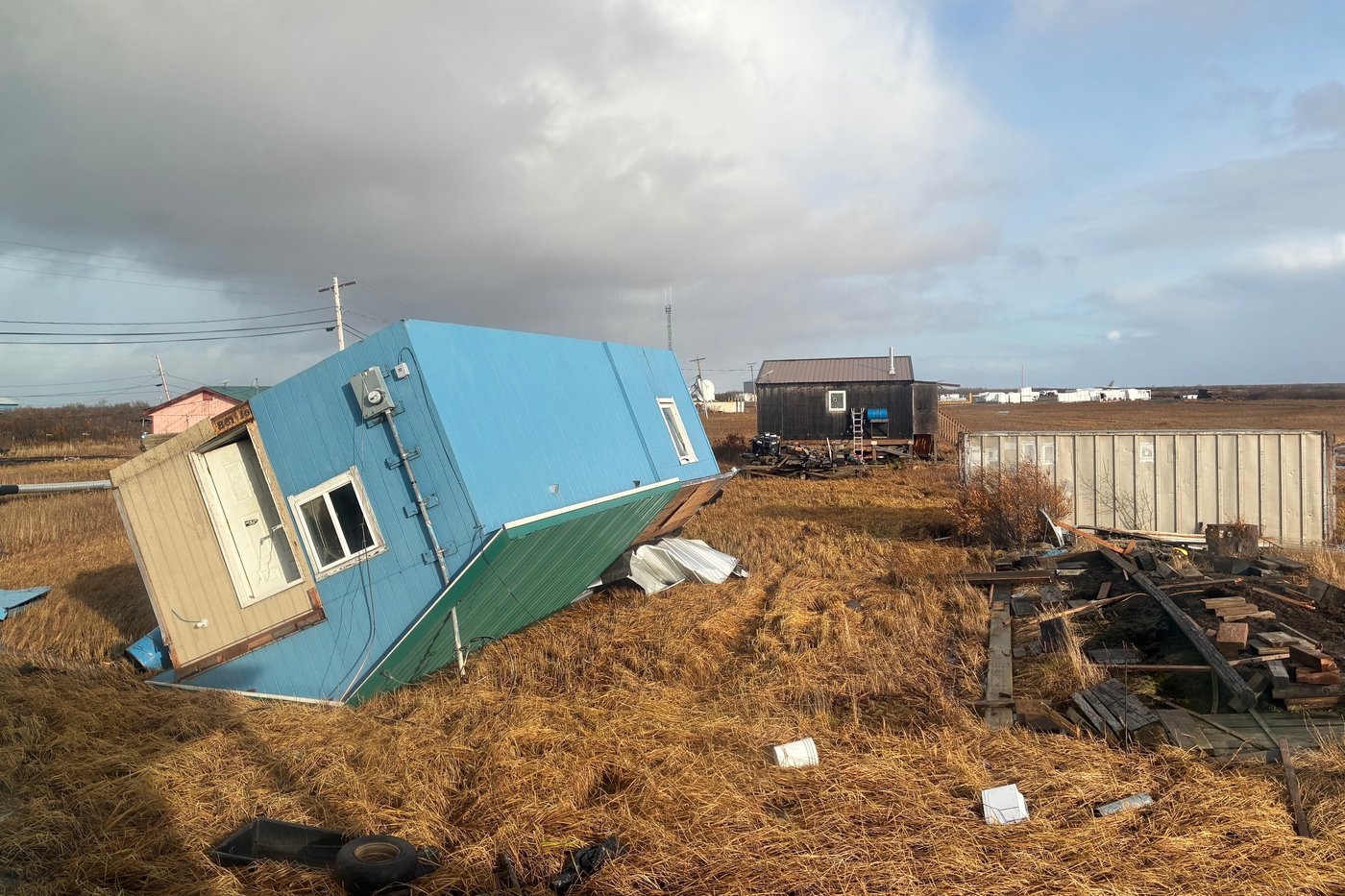
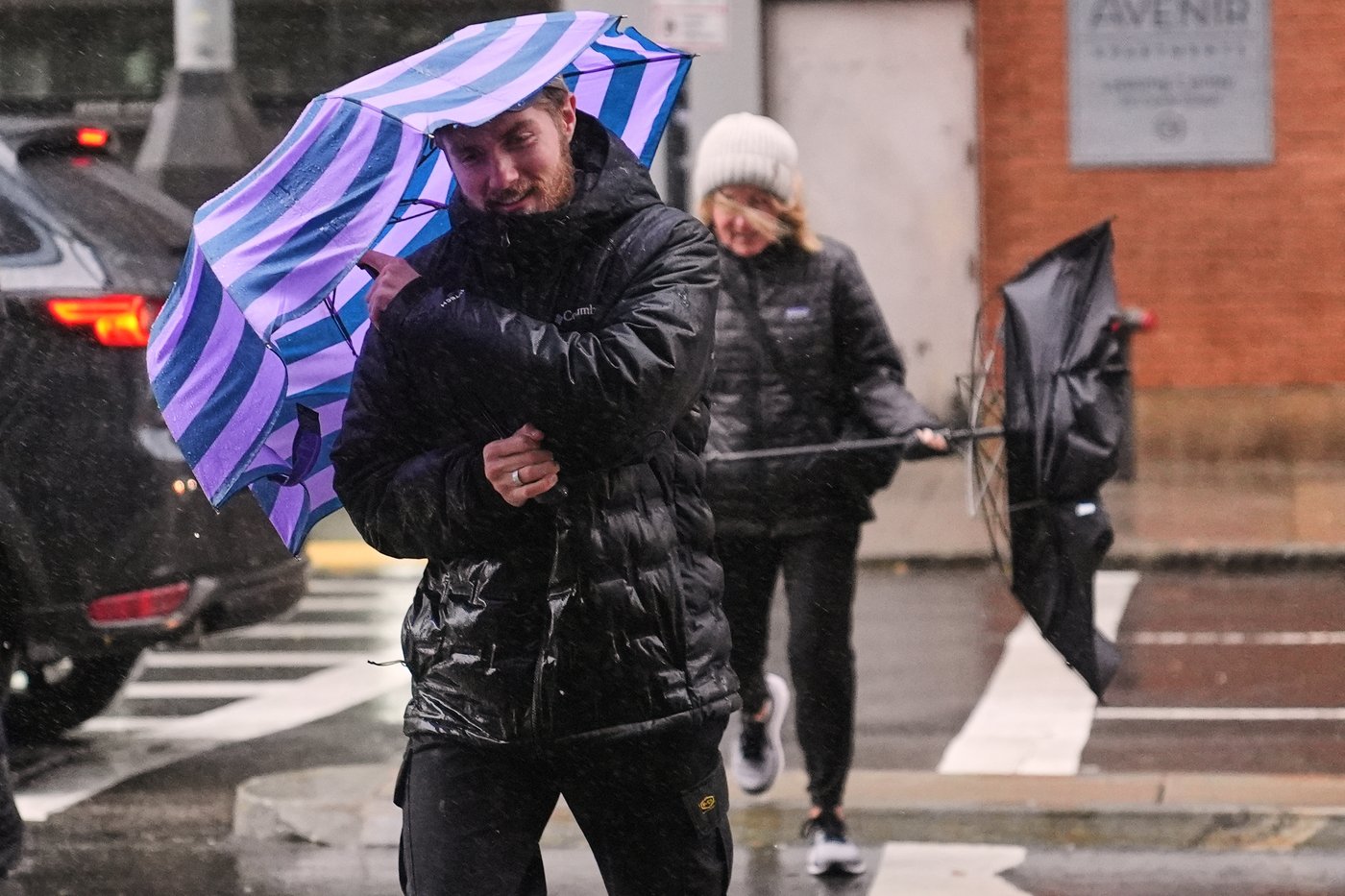
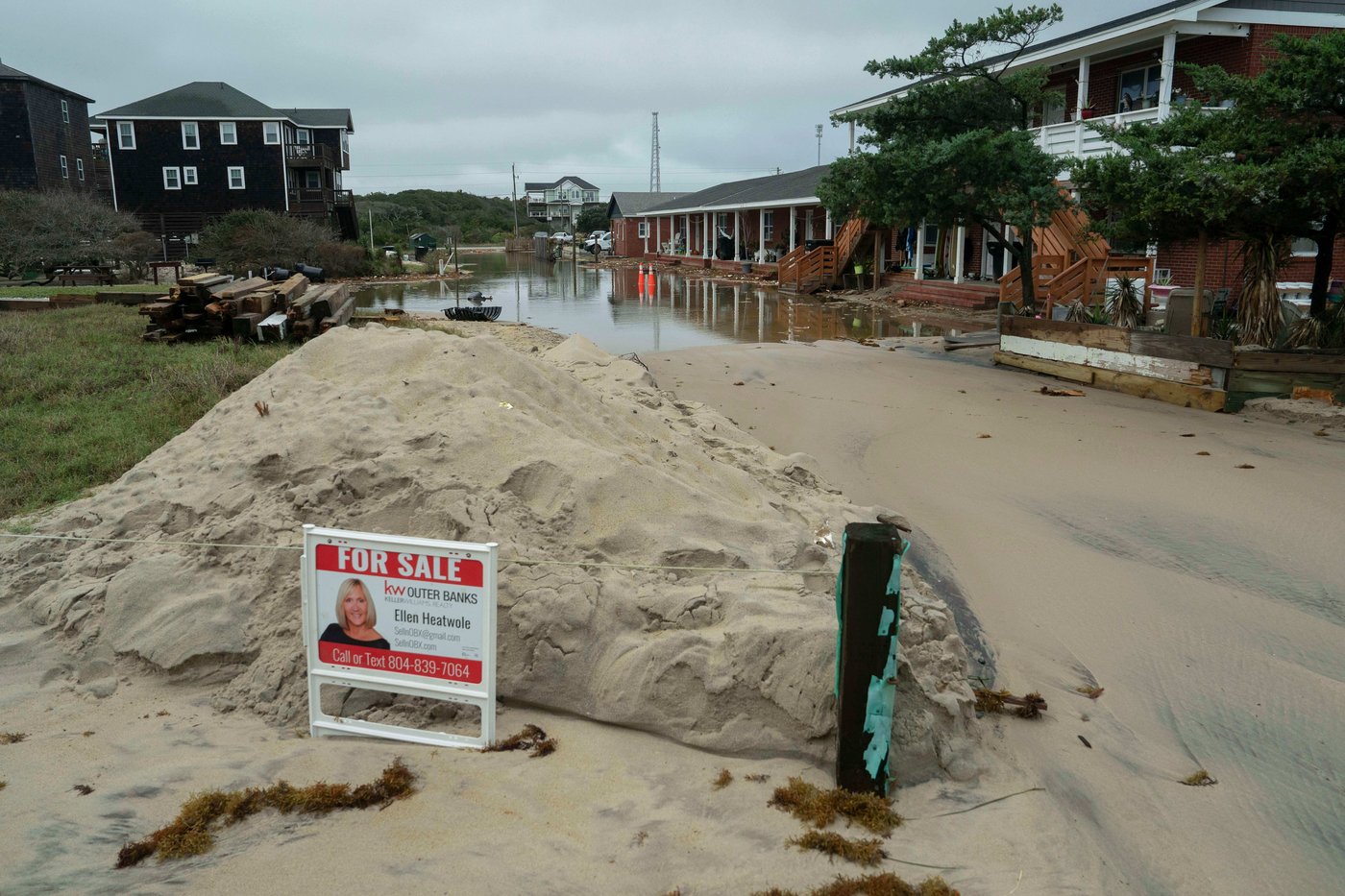
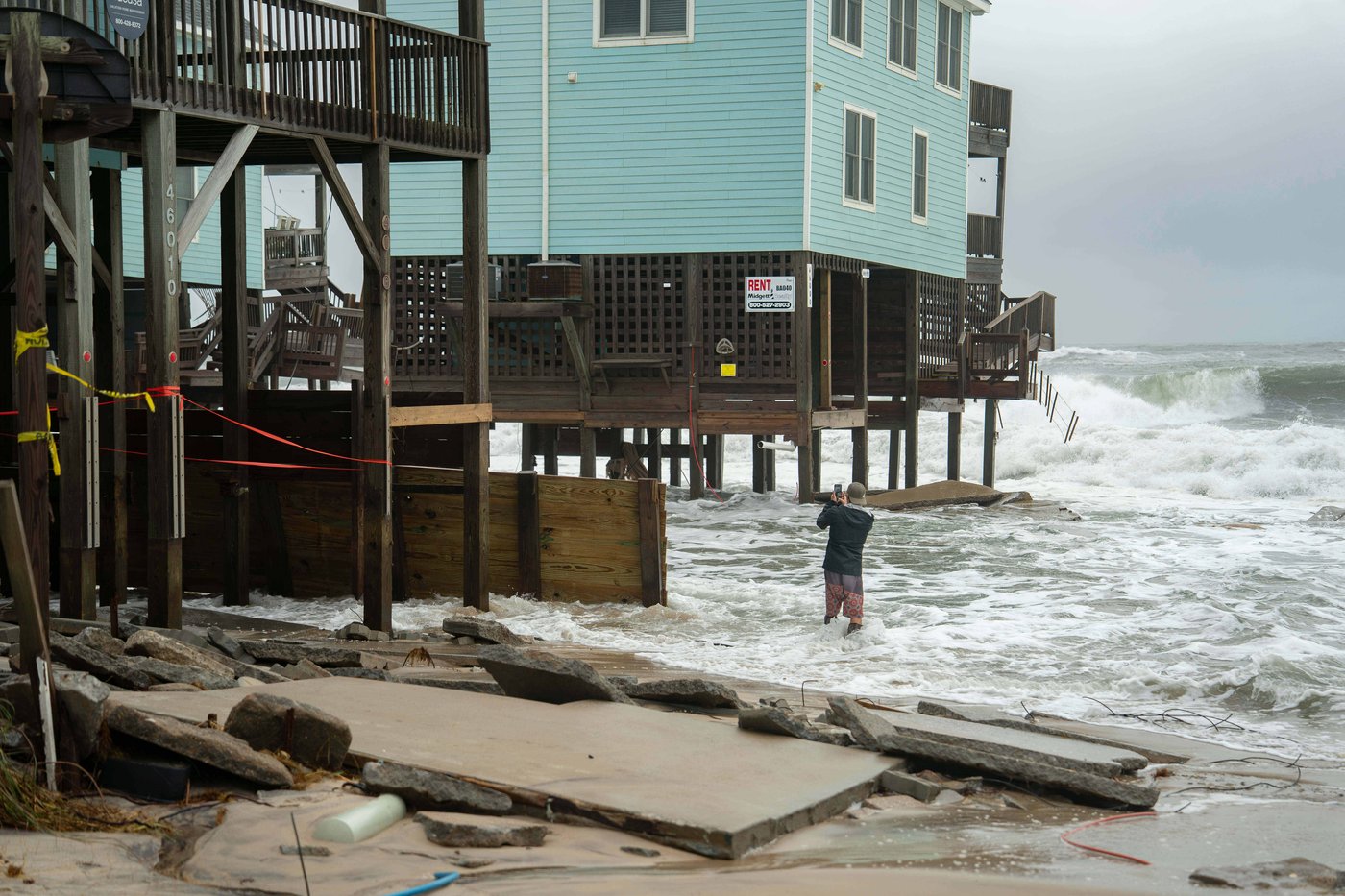
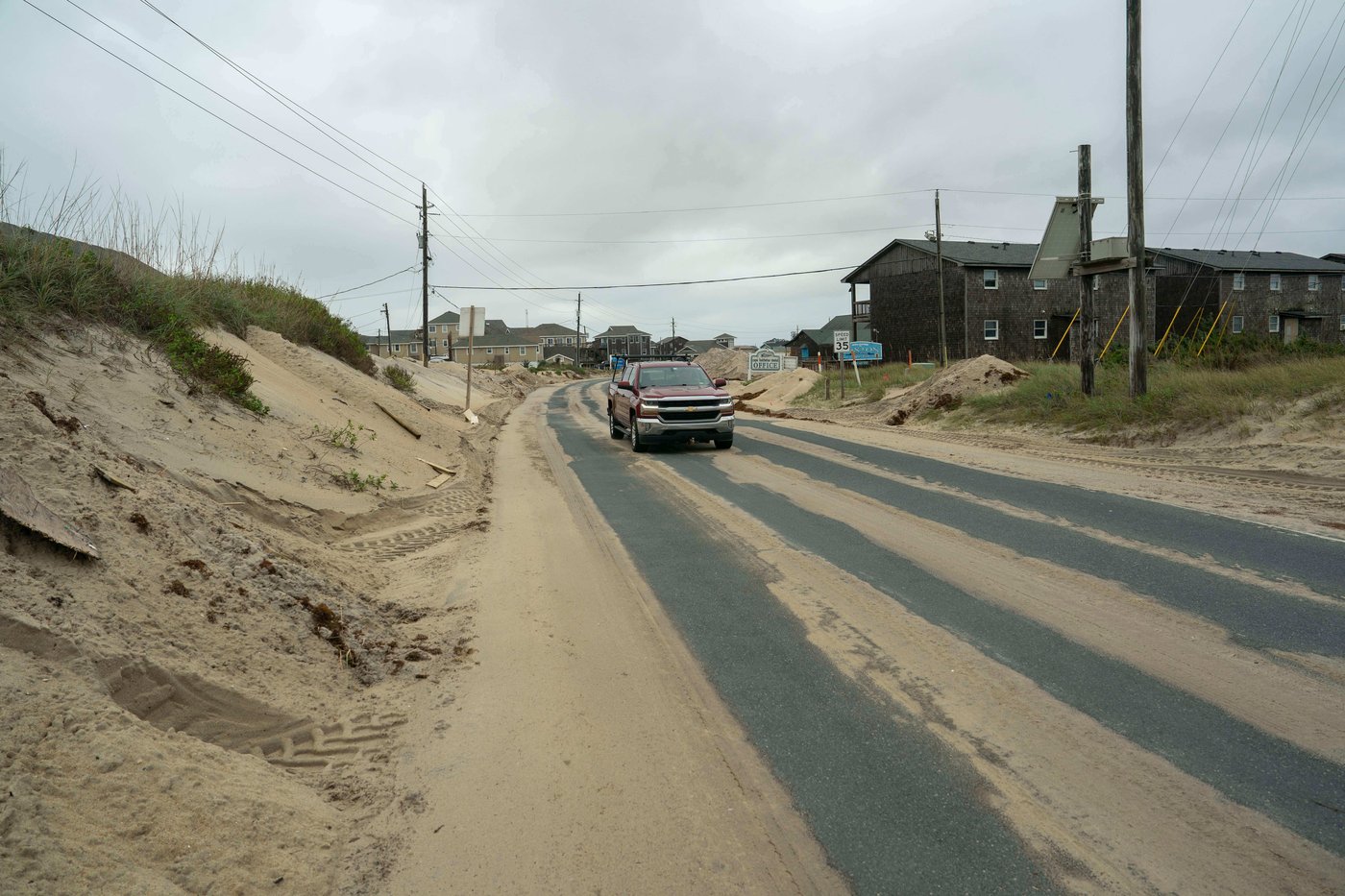
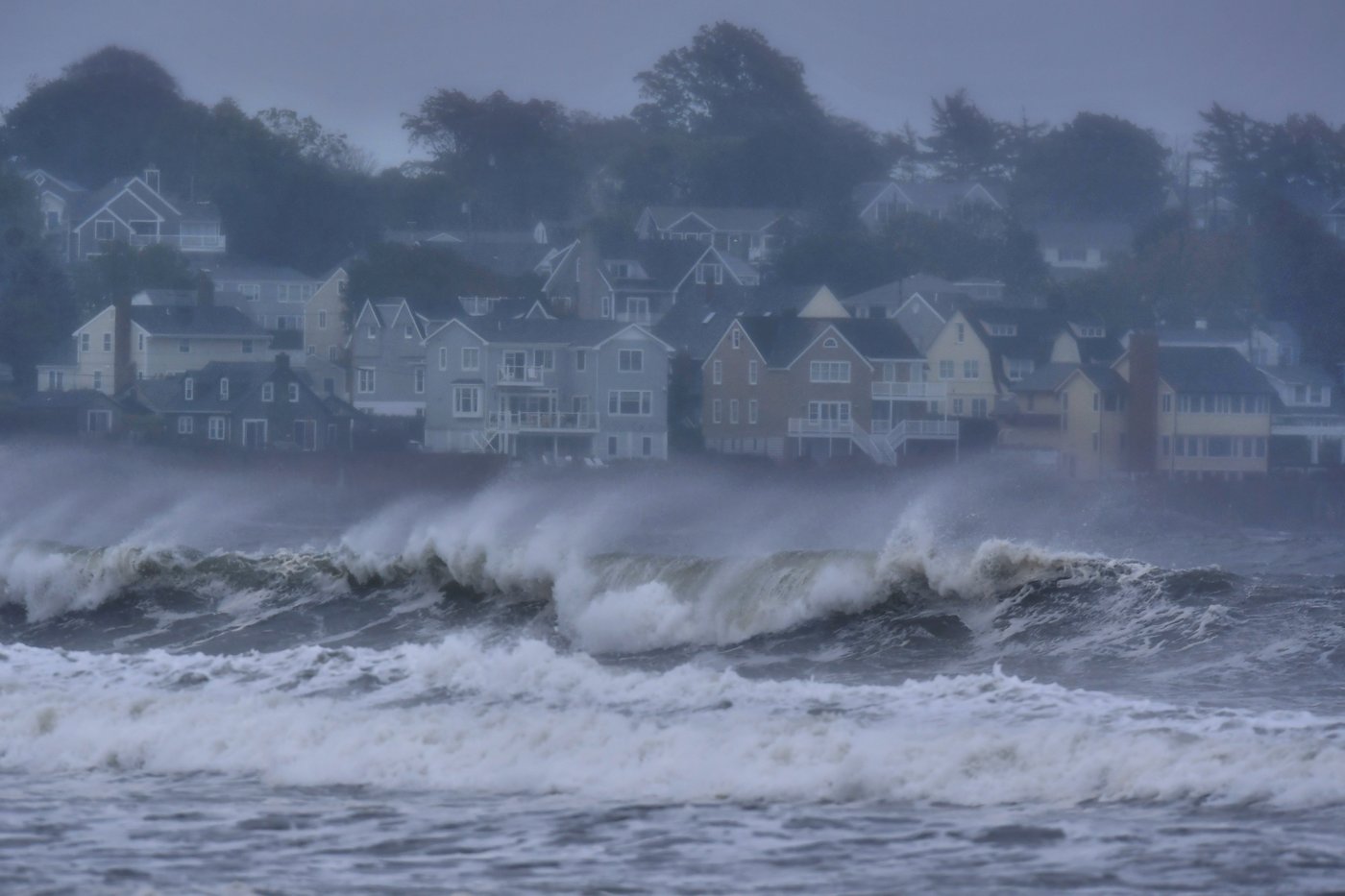
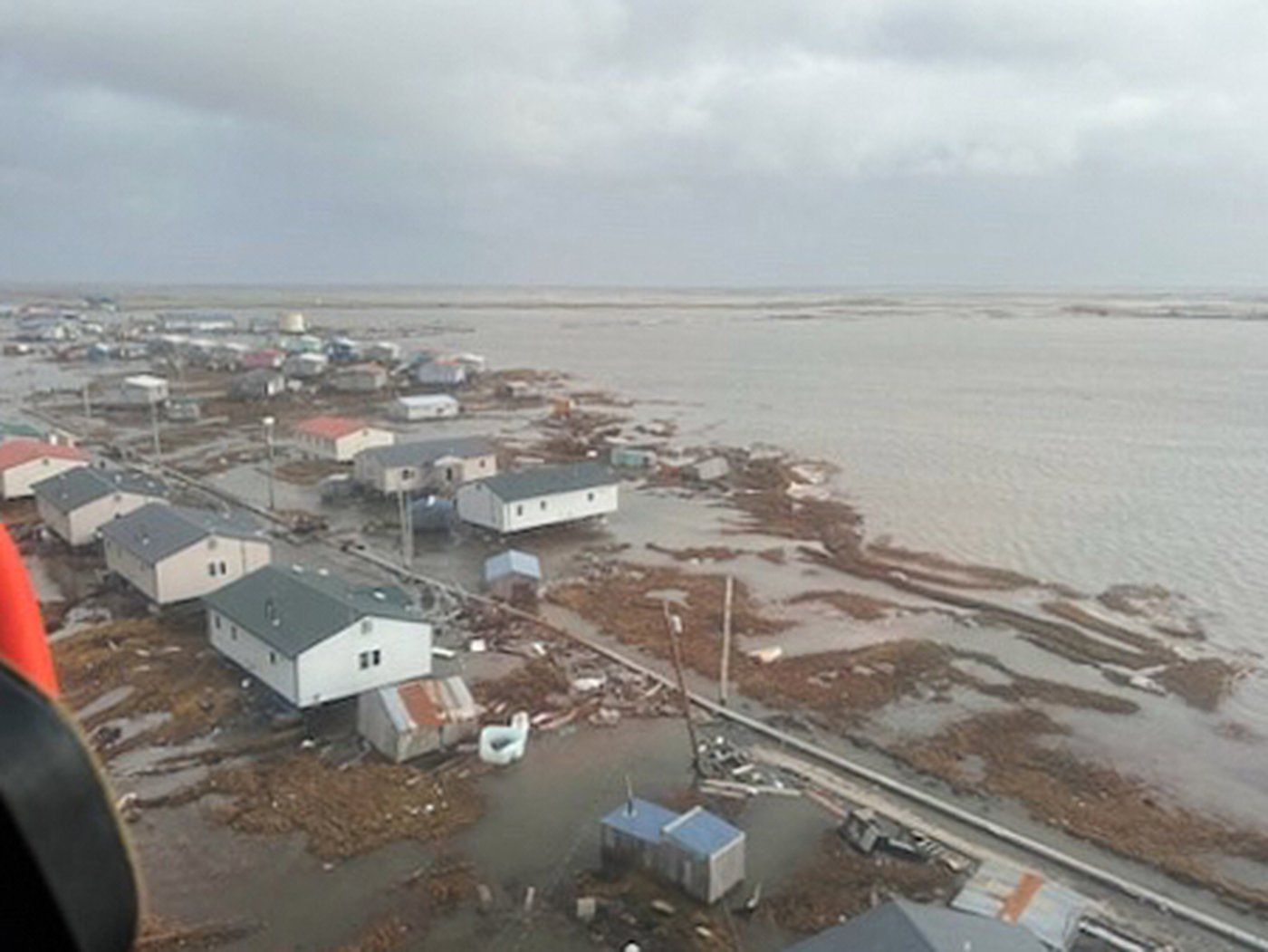
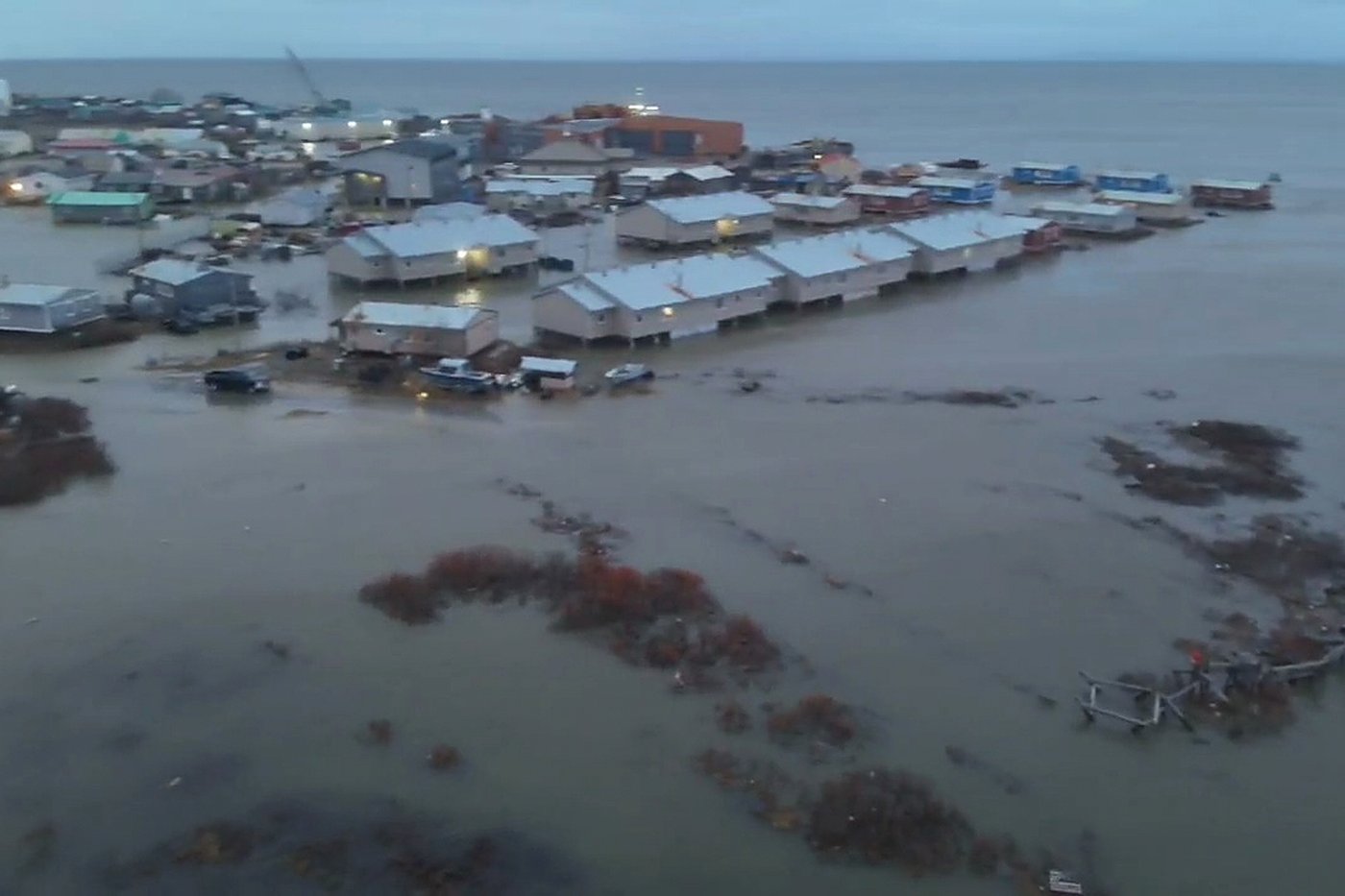
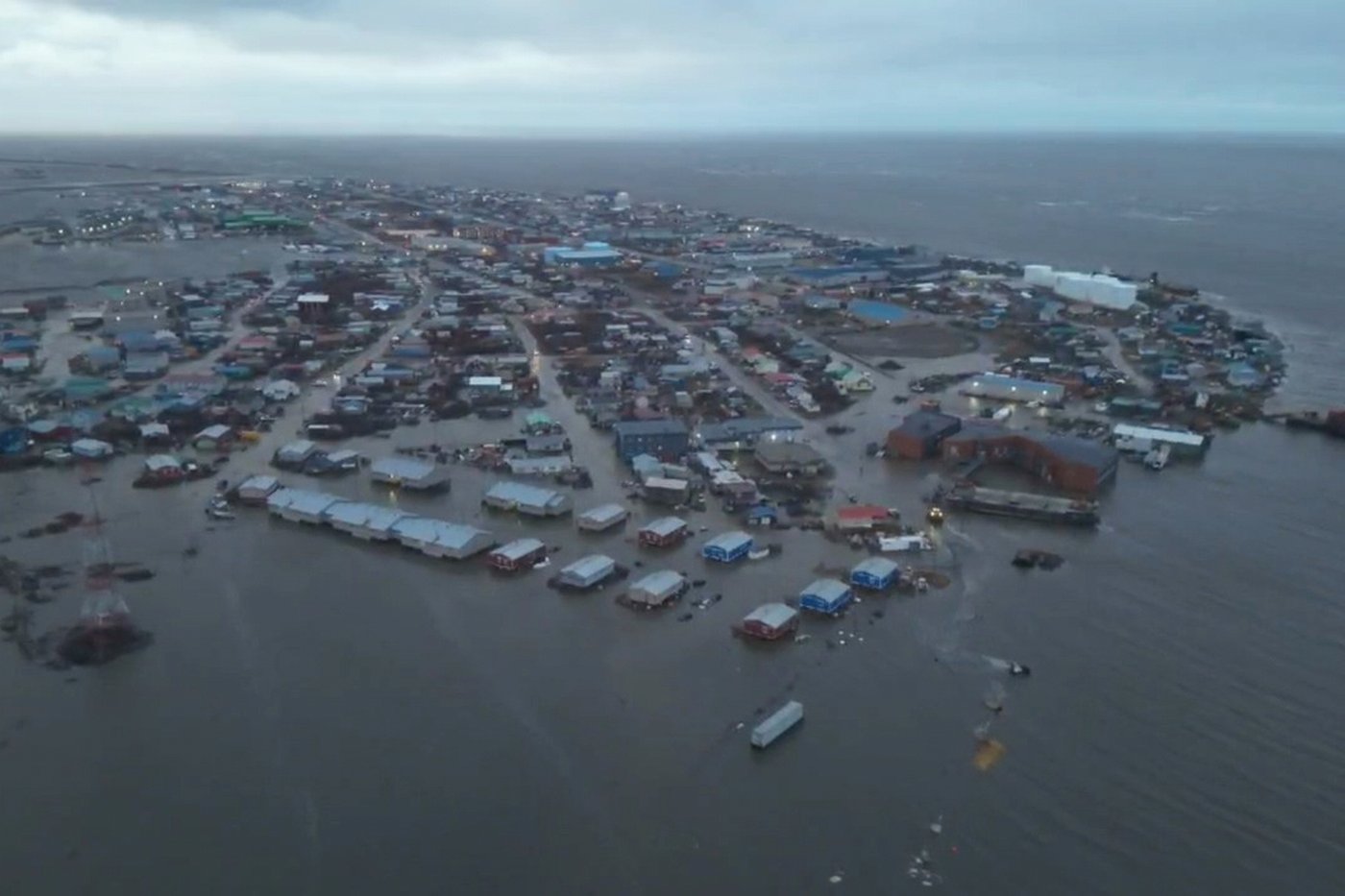
Join the Conversation!
Want to share your thoughts, add context, or connect with others in your community?
You must be logged in to post a comment.
















